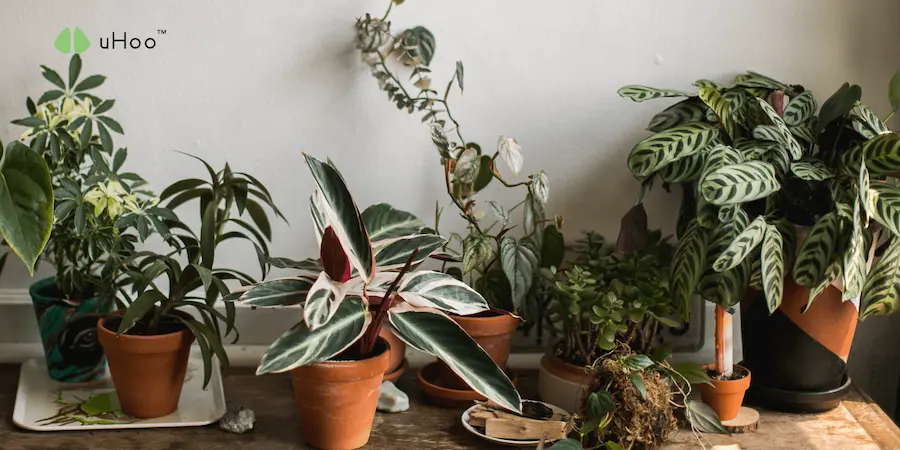Walking into a room filled with lush houseplants feels incredible. They add a touch of nature, brighten up a space, and many of us believe they’re quietly working overtime to purify the air we breathe. This belief is rooted in a well-known NASA study from the 1980s, which showed that plants could remove certain pollutants in a sealed, laboratory environment.
While this gave us hope for a simple solution to indoor air pollution, the truth about air quality at home is far more complex than a few potted plants can handle.
The reality is, your home isn’t a sealed chamber. It’s a dynamic environment filled with a wide range of pollutants that are constantly being introduced. Think about the invisible gases released from your furniture and carpets (VOCs), the microscopic particles from cooking or a nearby wildfire (PM2.5), and the silent buildup of carbon dioxide from everyday breathing.
While plants do perform photosynthesis and a tiny bit of air filtering, their overall impact on a typical home’s air quality is negligible. You would need an extraordinary number of plants, some studies suggest hundreds, to have a meaningful effect on the air in just one room.
The pollutants that pose the greatest risk to your health are often things your plants simply can’t fight. For example, particulate matter (PM2.5) from candles, cooking, or outdoor traffic is a major concern because these particles are so small they can enter your lungs and bloodstream. Plants don’t have a mechanism for actively trapping these particles.
Similarly, while plants can absorb a small amount of some VOCs, they aren’t equipped to handle the constant off-gassing from modern materials, paints, and cleaners. The CO2 that accumulates in a poorly ventilated room, which can lead to grogginess and headaches, is something plants need to survive, but they don’t remove enough of it to make a significant difference to your comfort or health.
So, while your plants are beautiful and can boost your mood, it’s time to look beyond the leaf for a real solution to healthy air quality at home. The first step is to get a true picture of your air quality at home. Your nose can’t smell VOCs, and your eyes can’t see PM2.5. You need a reliable source of information that is always on guard.
This is where a dedicated air quality monitor comes in. A device like uHoo measures nine different air quality parameters, giving you a full, real-time picture of your home’s environment. It will alert you to rising PM2.5 levels when you’re searing a steak, a spike in VOCs from a new piece of furniture, or an increase in CO2 when a room is too stuffy.
By having this data at your fingertips, you can make informed decisions to improve your air quality at home, like turning on an air purifier or opening a window at the right time. Your plants are great for your soul, but uHoo is the partner they need to truly protect your air.



